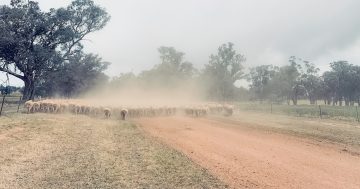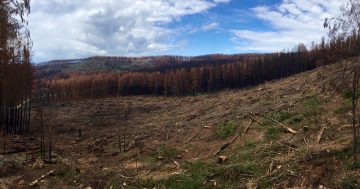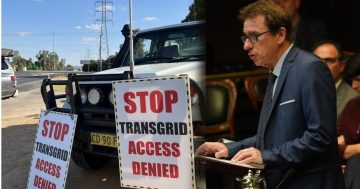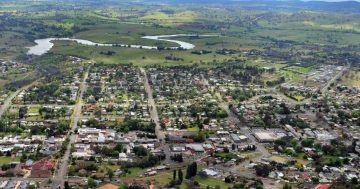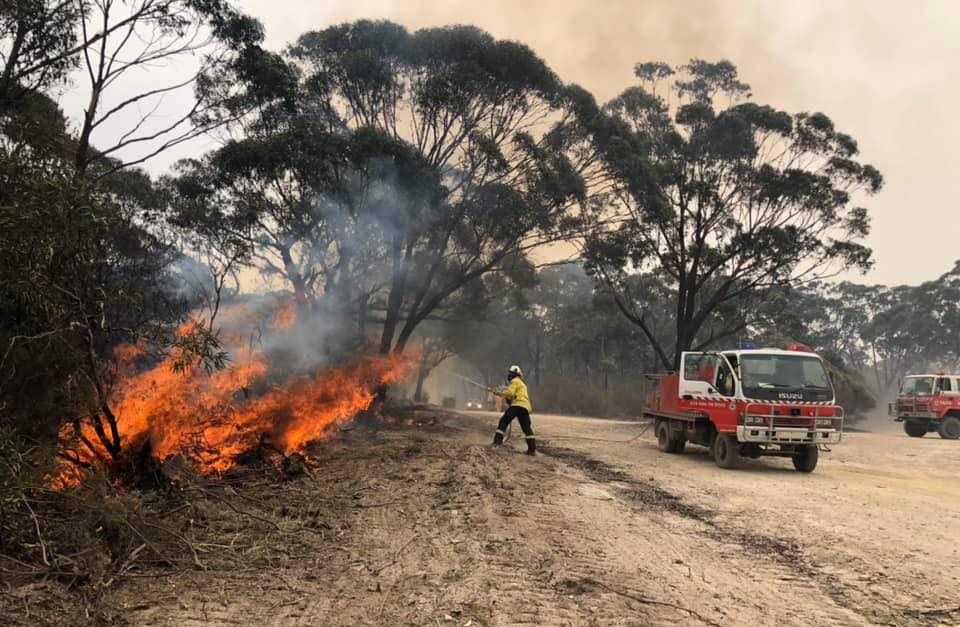
The PSMB Taskforce will look to introduce a common communications standard across all interstate and intrastate emergency services. Photo: NSW RFS Southern Tablelands Zone Facebook.
A taskforce will be established to provide emergency communications for the public and essential services during emergencies such as bushfires and floods.
The Public Safety Mobile Broadband (PSMB) Taskforce was announced by Minister for Emergency Management Murray Watt ahead of the National Bushfire Summit in Canberra in September.
The idea for the PSMB was born out of the 2021 Regional Telecommunications Review: A step change in demand – also known as the Hartsuyker Review – handed to government in 2021.
The Hartsuyker Review highlighted the stress the 2019-2020 east coast bushfires and 2021 eastern Australia floods placed on remote networks, in addition to increased demands brought about by the pandemic. It found that during the bushfires in particular, mobile networks often failed because power blackouts lasted longer than base station batteries.
A 25 September joint release from Minister Watt and Minister for Communications Michelle Rowland stated the PSMB Taskforce would be responsible for laying the groundwork for long-term public safety communications infrastructure, prioritising the partnerships with state and territory governments to ensure they had a say in its design.
During these emergency events it was also found some land mobile radio networks – often the only means of communication in areas with degraded telephone and internet – did not work across state jurisdictions, or even with different services from the same state.
It is envisioned the infrastructure and communications systems will be common across all states, and will be available to first responders such as police, firefighters and the State Emergency Service (SES) in regions where communications may have been disrupted. This will allow emergency services to access fast and secure voice, video and data communications, and instant access to data, images and information in critical situations.
“In the May budget, the Albanese Government committed $10.1 million from the 2023-24 Federal Budget to establish and fund the operations of the taskforce over the next two years,” Minister Watt said in the release.
“The taskforce’s establishment is a landmark step towards making the PSMB a reality, something that emergency services have been requesting for a long time. The taskforce will establish working groups with representatives from all states and territories, whose ideas and contributions will be critical to the design of the PSMB.
“This milestone also ticks off one of the Australian Government’s commitments to supporting the recommendations from the Royal Commission into Natural Disaster Arrangements, as well as numerous other royal commissions calling for the delivery of a PSMB capability.”
The taskforce will be led by the National Emergency Management Agency (NEMA) with support from the Department of Infrastructure, Transport, Regional Development, Communications and the Arts, as well as state and territory government agencies.
Minister Rowland said the government’s investments in emergency and public safety communications would help save lives.
“Ensuring our heroic first responders have access to reliable communications services during emergencies is critical to keeping Australians safe,” Ms Rowland said.
“A PSMB capability will enhance Australia’s ability to manage emergencies, hazards and threats by giving emergency services agencies access to data-rich, reliable and modern communications technologies.
“The establishment of the taskforce means we’re a step closer to developing the critical public safety communications infrastructure our first responders need to more effectively respond to emergencies.”
There is no published schedule in the latest release as to when a PSMB will be operational.
But shortly after the 2023-24 budget in May, Ms Rowland said she expected the system to be “designed, built and tested over the next 18 months, becoming operational by late 2024”.
Original Article published by Andrew McLaughlin on Riotact.








